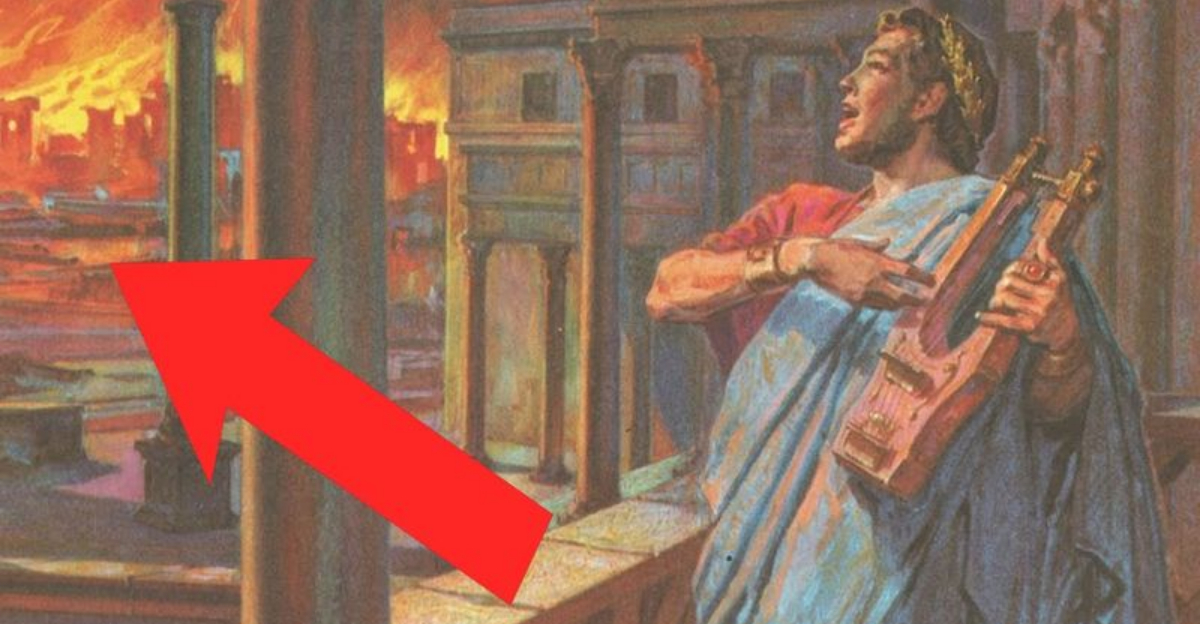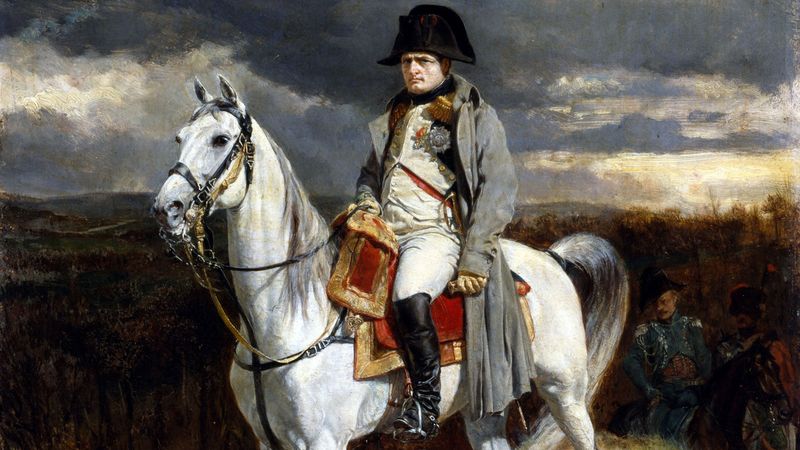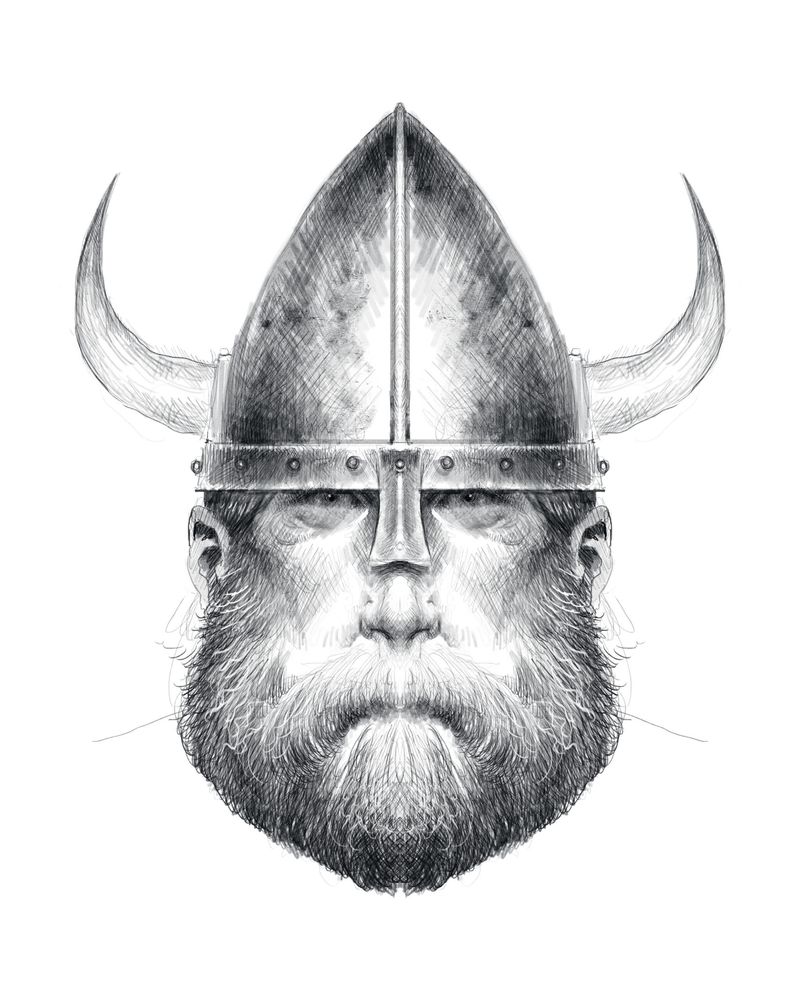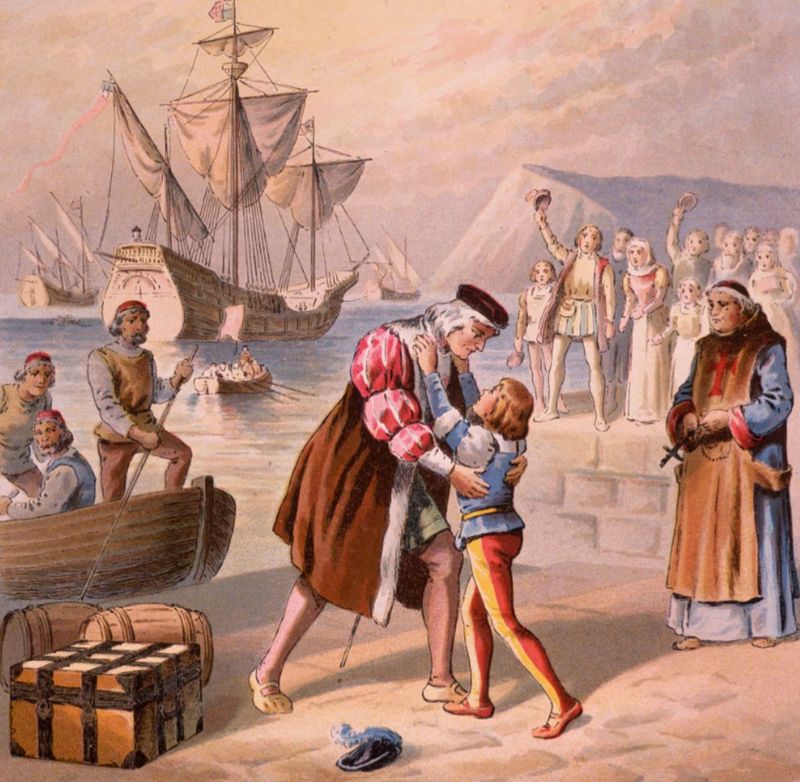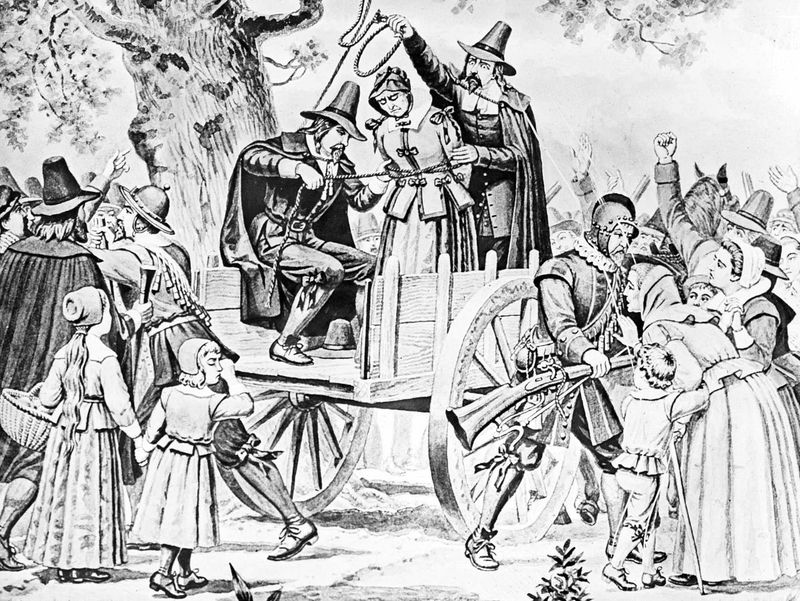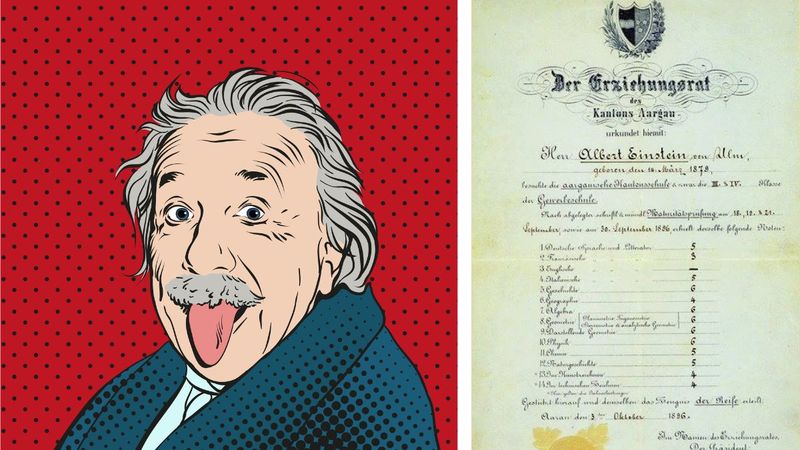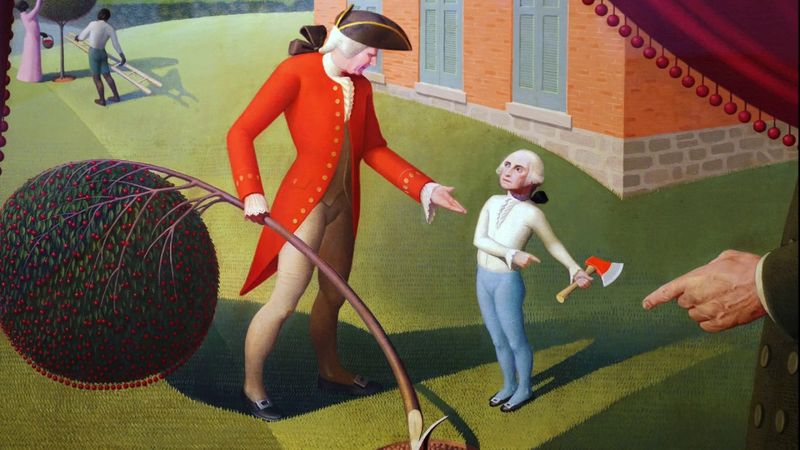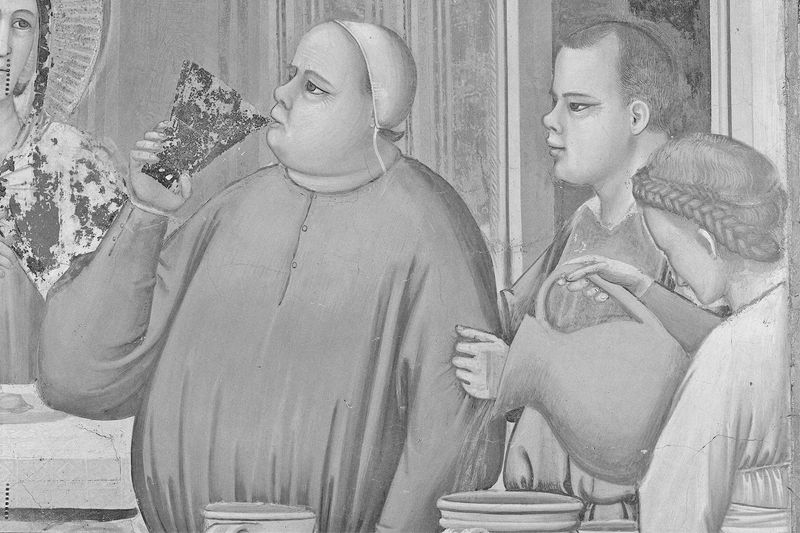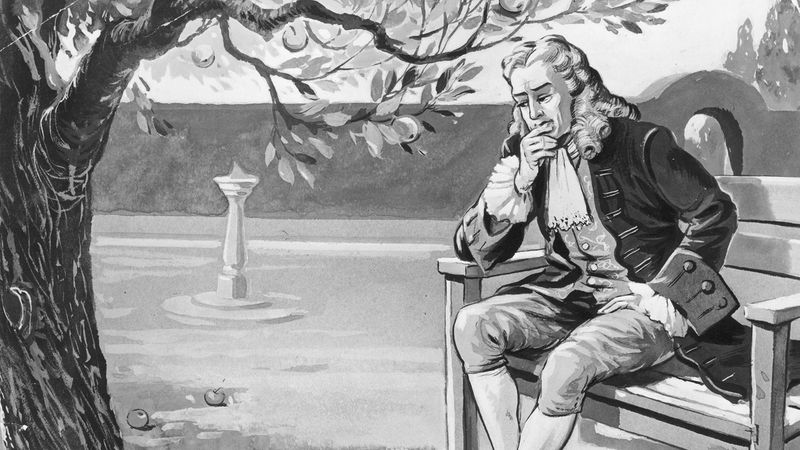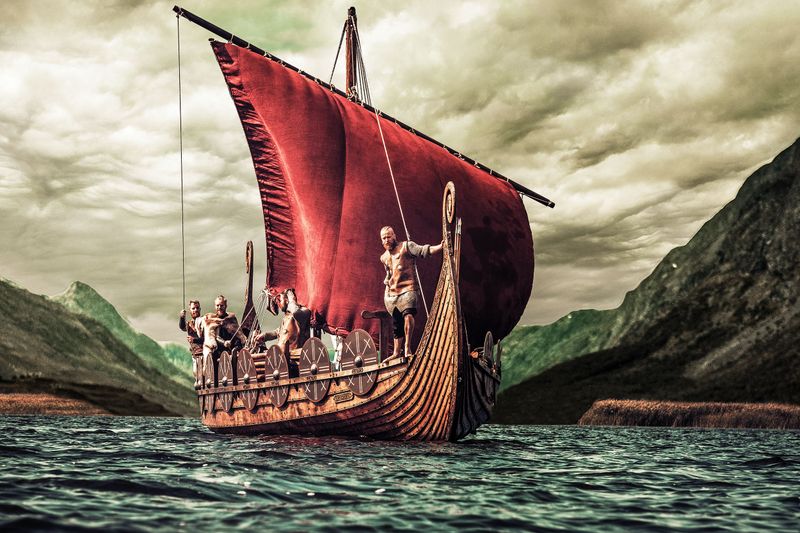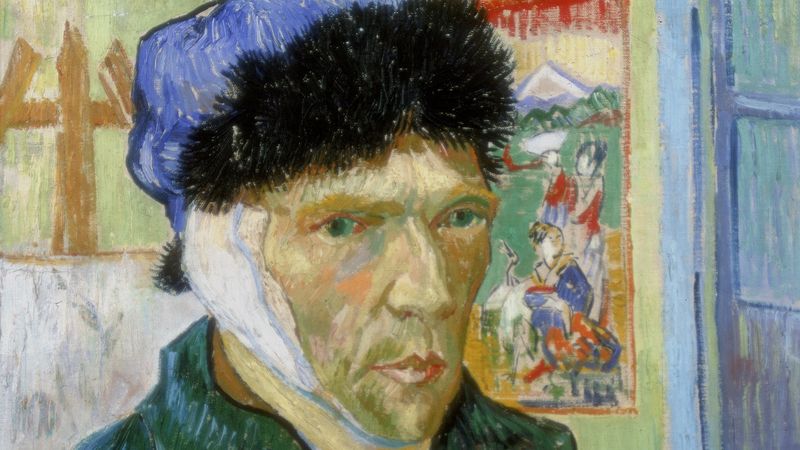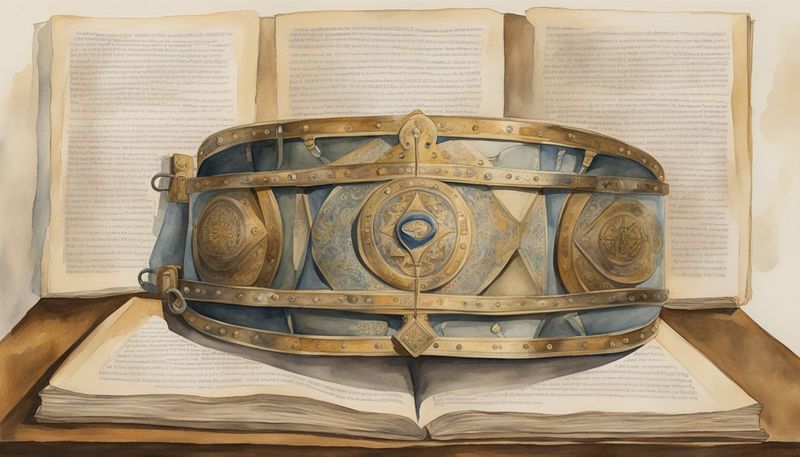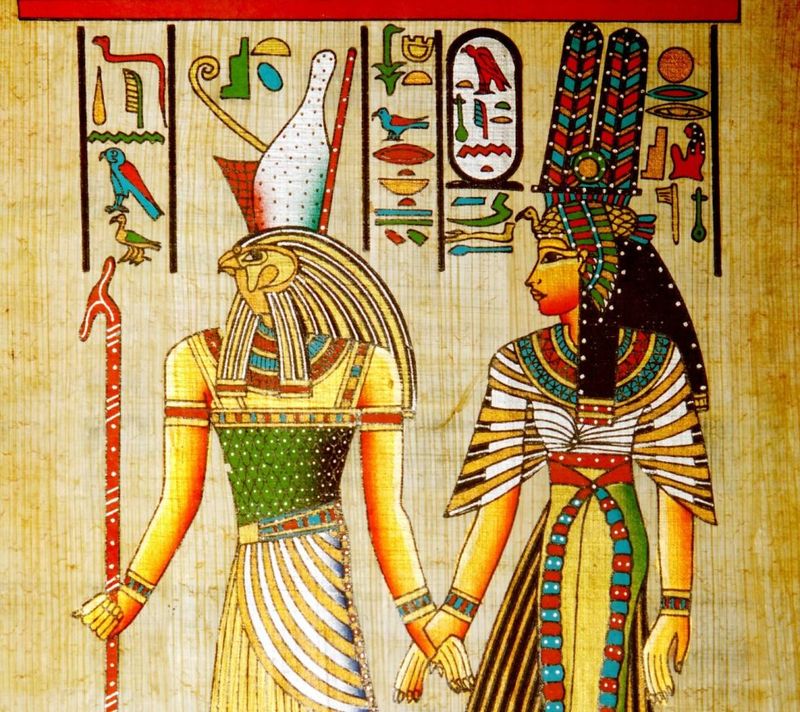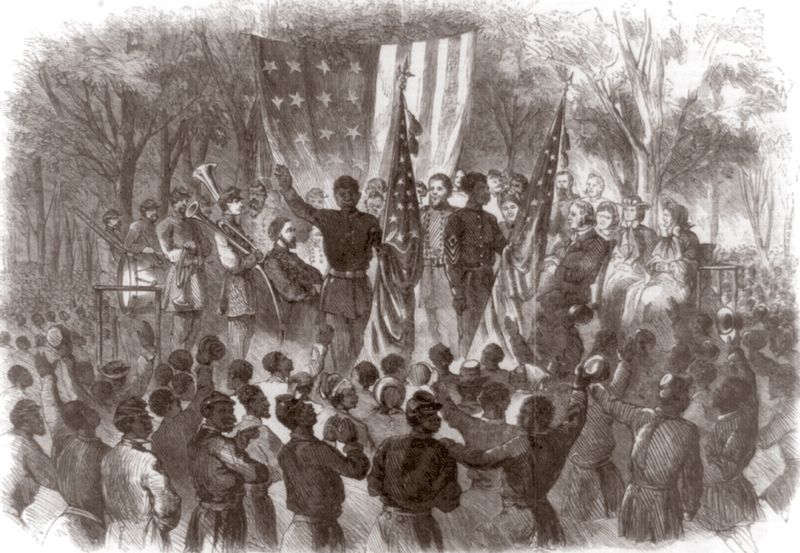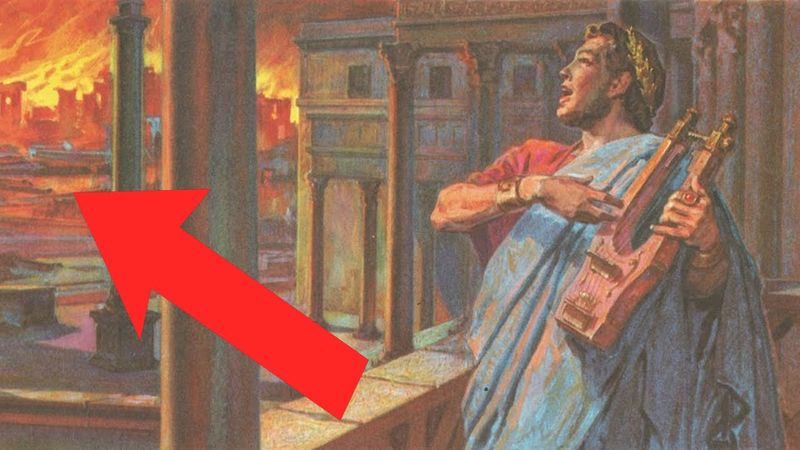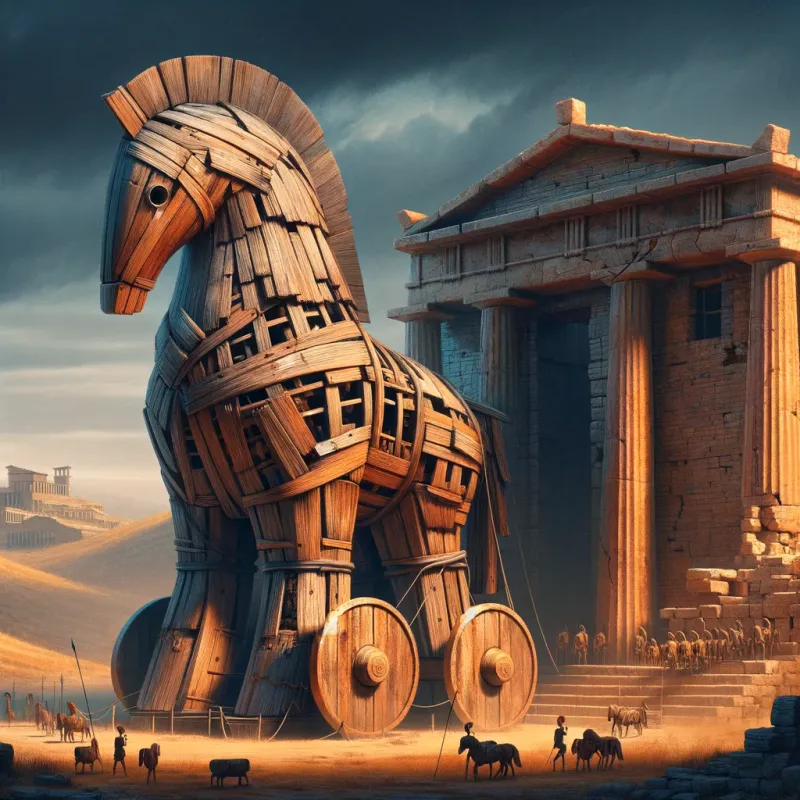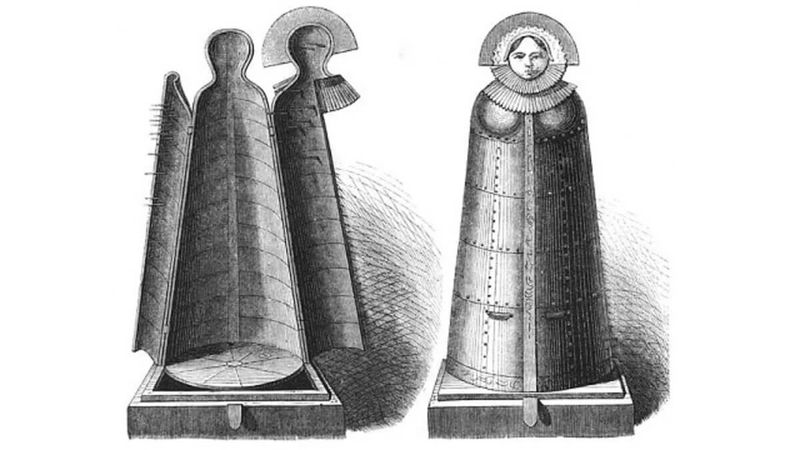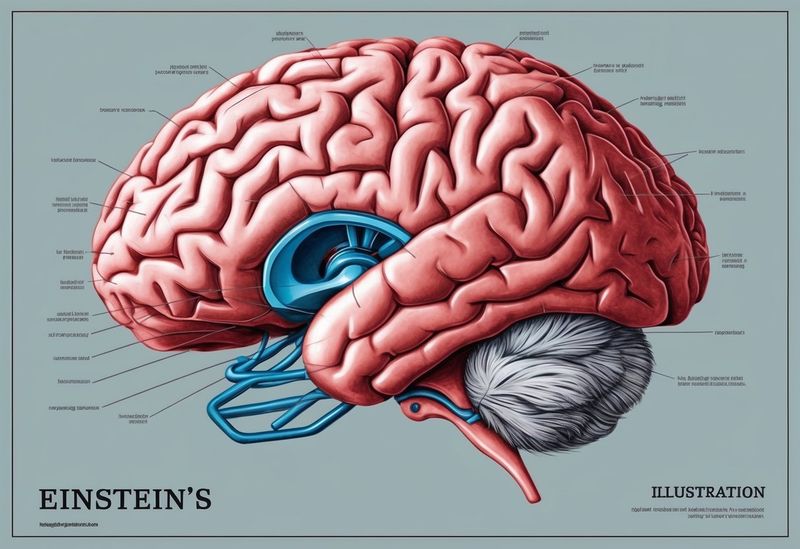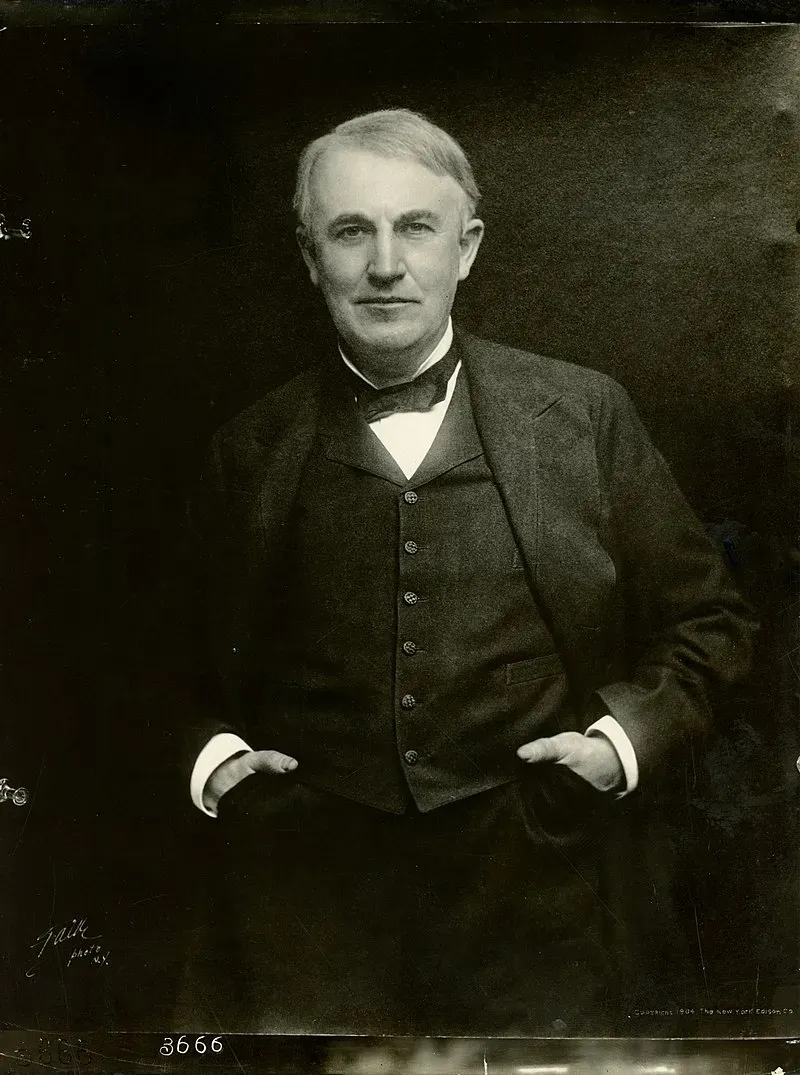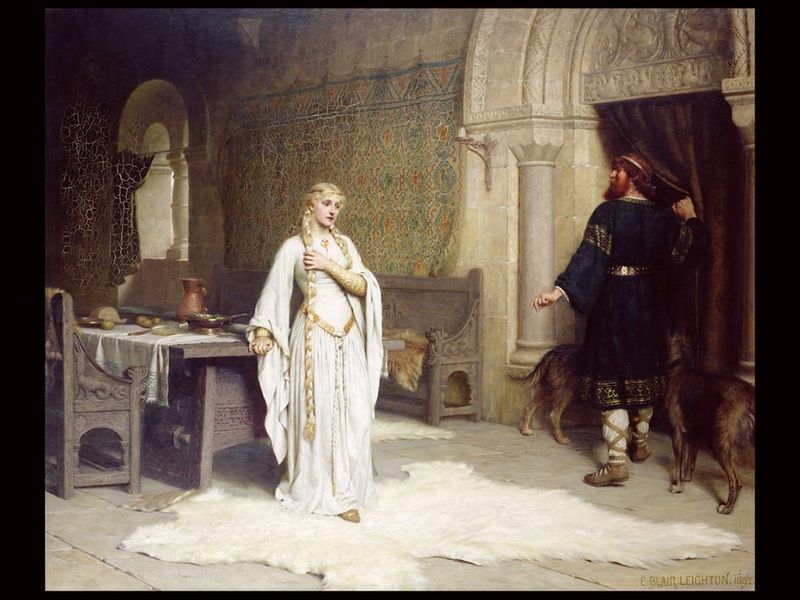History is filled with fascinating stories and events that have shaped our world. However, many widely believed historical ‘facts’ are actually misconceptions.
From famous figures to pivotal events, these myths have persisted through generations. In this article, we’ll explore some common historical misconceptions and reveal the truth behind them.
1. Napoleon’s Height
Contrary to popular belief, Napoleon Bonaparte wasn’t extremely short. The myth of his short stature likely arose due to differences in French and British measuring systems. Napoleon stood around 5 feet 7 inches, average for his time.
This misconception may also have been propagated by British propaganda to ridicule the French leader.
While he was known for his ambitious conquests, the image of a diminutive dictator is more fiction than fact. Understanding how misinformation spreads highlights the importance of questioning historical narratives.
So, next time you hear about Napoleon’s height, remember he wasn’t as short as many think.
2. Vikings’ Horned Helmets
The image of Vikings wearing horned helmets is a product of 19th-century imagination rather than historical reality.
These fearsome Norsemen actually wore simple headgear. The horned helmet myth was popularized by artists and performers to create dramatic representations.
Artifacts and depictions from the Viking era do not feature horns. This misconception continues to influence popular culture, from movies to Halloween costumes.
Understanding the real attire of Vikings provides a clearer view of their culture and challenges us to reconsider how history is often romanticized for entertainment.
3. Columbus Discovered America
It’s a common misconception that Christopher Columbus discovered America. Indigenous peoples had lived on the continent for thousands of years before his arrival.
Columbus’ voyage in 1492 opened European exploration, but he never set foot on the land known today as the United States.
His explorations led to the widespread exchange between the Old and New Worlds, forever altering global history.
While Columbus’ journey was significant, acknowledging the rich cultures present before his arrival is crucial to understanding the full narrative of America’s past.
4. Salem Witch Trials Burnings
Many believe witches were burned at the stake during the Salem witch trials, but this is inaccurate.
The accused were primarily hanged, with only one man crushed to death. This grim chapter in history unfolded in 1692, with the Puritan community gripped by fear and superstition.
The misconception likely stems from European witch hunts, where burning was more prevalent. Understanding this distinction helps clarify the nature of justice and persecution in colonial America.
It also serves as a reminder of the dangers of mass hysteria and the importance of safeguarding civil liberties.
5. Einstein Failed Math
The myth that Albert Einstein failed math in school is simply untrue. By the age of 15, he had mastered differential and integral calculus. This misconception may have originated from misinterpretations of his academic records or as a way to humanize the genius.
Einstein himself refuted this claim, stating he excelled in mathematics. His contributions to physics were groundbreaking, but they didn’t stem from overcoming academic failure.
Recognizing this helps appreciate the genuine struggles and achievements in his life, inspiring budding scientists to pursue their passions with diligence and curiosity.
6. Marie Antoinette’s Cake Quote
Marie Antoinette never said, “Let them eat cake.” This phrase, attributed to her, originated from Rousseau’s writings published when she was a child. It’s likely used to depict her as indifferent to the plight of starving peasants.
The queen’s image as disconnected and frivolous was shaped by political propaganda. She became a symbol of aristocratic excess leading up to the French Revolution.
Recognizing this myth sheds light on how historical figures are often caricatured, reminding us to seek truth beyond popular narratives and to understand the complex realities they faced.
7. George Washington’s Cherry Tree
The tale of young George Washington chopping down a cherry tree and confessing is pure fiction. Parson Weems, his biographer, invented the story to illustrate Washington’s honesty. Such anecdotes often serve to create an idealized image of historical figures.
Washington’s legacy as a leader and statesman doesn’t require embellishment. Understanding this myth’s origins reminds us that even revered icons are human, with real strengths and flaws.
It encourages a nuanced view of history, where truth and legend often intertwine, influencing our perception of the past.
8. Medieval People Drank Alcohol Instead of Water
It’s often claimed that medieval Europeans only drank beer or wine because water was unsafe. While alcohol was popular, water was consumed as well.
Medieval people knew how to find clean water sources, and they boiled water when necessary. Monasteries and towns maintained wells and cisterns for fresh water supply.
The preference for alcoholic beverages was more about taste and social customs rather than safety concerns.
9. Newton’s Apple Inspiration
The story of Isaac Newton formulating the law of gravity after an apple fell on his head is mostly legend. While he did ponder gravity after observing a falling apple, it didn’t strike his head. This anecdote simplifies a profound scientific breakthrough.
The tale’s persistence underscores our love for simple explanations of complex discoveries. Recognizing this myth encourages a deeper appreciation for Newton’s intellect and the rigorous work behind his theories.
It reminds us that great ideas often come from curiosity and observation, rather than sudden inspiration.
10. Vikings Discovered America
Vikings, led by Leif Erikson, reached North America around 1000 AD, long before Columbus. However, their settlements didn’t lead to lasting colonization or significant contact with indigenous peoples, unlike later European explorers.
While they were among the first Europeans to set foot on the continent, their voyages were relatively unknown and didn’t influence subsequent exploration.
Understanding their brief presence helps paint a fuller picture of pre-Columbian history, acknowledging both their adventurous spirit and the complex tapestry of cultures they encountered.
11. Van Gogh’s Ear
The story that Vincent van Gogh cut off his entire ear is exaggerated. In reality, he only removed part of his left earlobe. This act occurred during a period of mental illness, reflecting his turbulent life.
Such misconceptions often overshadow his artistic achievements and struggles with mental health. Recognizing the truth behind these stories allows us to appreciate van Gogh’s creativity and resilience.
It serves as a reminder of the importance of mental health awareness and the complex interplay between genius and personal challenges.
12. Chastity Belts Were Common
Many believe that chastity belts were widely used in the Middle Ages to ensure a woman’s fidelity. This notion is more myth than fact.
Historical evidence for the widespread use of chastity belts is scant. Most existing examples date back to the 18th and 19th centuries and were likely intended as hoaxes or jokes.
The idea of the chastity belt reflects more about modern misconceptions of the past than historical reality.
13. Cleopatra’s Egyptian Heritage
Although Cleopatra is often thought of as Egyptian, she was actually of Greek descent, a member of the Ptolemaic dynasty that ruled Egypt after Alexander the Great’s conquests. This misconception stems from her reign as the last pharaoh of Egypt.
Her Greek heritage didn’t diminish her influence and charisma in Egyptian history. Acknowledging her true lineage offers a clearer understanding of the cultural and political landscape of her time.
It also challenges us to look beyond surface-level assumptions, exploring the nuanced identities of historical figures.
14. The Emancipation Proclamation Freed All Slaves
The Emancipation Proclamation, issued by Abraham Lincoln in 1863, didn’t immediately free all enslaved people in the United States. It applied only to the Confederate states in rebellion, leaving slavery untouched in border states and Union-controlled areas.
This misconception oversimplifies the complex process of abolition, which culminated in the Thirteenth Amendment.
Understanding the limits of the proclamation emphasizes the broader struggle for freedom and equality, highlighting the ongoing journey toward justice that continued well beyond the Civil War.
15. Nero Fiddled While Rome Burned
The image of Emperor Nero playing the fiddle while Rome burned is a dramatic exaggeration. Fiddles didn’t exist in ancient Rome; rather, Nero may have played the lyre.
This story likely emerged from political biases, painting Nero as an indifferent leader.
While his reign was marked by turmoil, this anecdote oversimplifies his complex legacy. Recognizing such myths encourages a more nuanced understanding of historical figures, exploring their motives and actions beyond sensationalized narratives.
It reminds us to question the sources of such stories and seek the truth.
16. The Trojan Horse Was Real
The story of the Trojan Horse, where Greeks supposedly hid inside a giant wooden horse to infiltrate Troy, is largely mythical. This tale, popularized by Homer’s epics, symbolizes cunning strategy but lacks archaeological evidence.
While the Trojan War itself might have historical roots, the horse’s existence is debated. Recognizing this as a symbolic story rather than fact allows us to appreciate its literary impact.
It also invites us to explore the blend of fact and fiction in ancient storytelling, reflecting cultural values and beliefs.
17. Medieval Iron Maiden Torture Device
The Iron Maiden, often depicted as a medieval torture device, is more a product of 18th-century imagination than actual historical practice. There is little evidence to suggest it was used during the Middle Ages.
This misconception highlights how grisly artifacts can captivate the modern imagination. Understanding its mythical nature encourages a critical look at how history is sometimes sensationalized.
It reminds us to differentiate between historical fact and fiction, fostering a deeper appreciation for the complexities of the past.
18. Albert Einstein’s Brain
Following his death, Albert Einstein’s brain was removed for scientific study, but it wasn’t preserved in a jar. This myth likely stems from misunderstandings about the research conducted on his brain to understand his genius.
The true story involves detailed examination and division of his brain into sections, not grotesque preservation. Dispelling this myth allows us to focus on Einstein’s intellectual legacy rather than morbid curiosities.
It also serves as a reminder of ethical considerations in scientific research and the importance of respecting personal dignity.
19. Shakespeare’s Authorship
The authorship of Shakespeare’s works has been debated, with some suggesting they were written by others. However, most scholars attribute them to William Shakespeare of Stratford-upon-Avon.
This controversy often arises from classist assumptions about his education and background.
Acknowledging Shakespeare’s authorship emphasizes the talent and creativity he possessed, transcending his era’s social constraints.
Understanding this debate encourages an appreciation for the genuine impact of his work, which continues to influence literature and theater.
It highlights the importance of questioning assumptions and valuing contributions beyond societal prejudices.
20. Einstein’s E=mc² Equation Use
Einstein’s famous equation E=mc² is often misunderstood as the formula for nuclear bombs. While it describes the relationship between energy and mass, its direct application to nuclear weapons is limited.
The equation’s significance lies in its foundational role in modern physics, illustrating mass-energy equivalence.
Recognizing this clarifies its true scientific importance, separating myth from reality. It encourages an appreciation for the broader impact of theoretical physics on our understanding of the universe, beyond its sensationalized associations with destruction.
21. Thomas Edison Invented the Lightbulb
Thomas Edison didn’t invent the lightbulb; he improved it. Numerous inventors worked on creating electric light before him. Edison’s contribution was developing a practical, long-lasting bulb, making electric lighting accessible.
This misconception oversimplifies the collaborative nature of innovation. Recognizing the efforts of others like Sir Humphry Davy and Warren de la Rue encourages appreciation for the collective progress in scientific discovery.
It reminds us to celebrate both individual achievements and the broader community of inventors that drive technological advancement.
22. Socrates’ Appearance
Descriptions of Socrates’ appearance, like his bald head and beard, come from contemporary accounts, as he left no writings of his own. These accounts shape his iconic image, though we have no definitive visual representation.
This highlights the challenges in reconstructing historical figures’ appearances. Understanding these limitations encourages focus on Socrates’ philosophical contributions rather than his looks.
It serves as a reminder of the impact ideas can have, transcending the boundaries of time and appearance to influence countless generations.
23. Lady Godiva’s Naked Ride
The story of Lady Godiva’s naked ride through Coventry is likely more legend than fact. Historical records suggest she was a real person, but the tale, with its dramatic elements, may have been embellished over time.
This story often symbolizes protest against oppressive taxation, yet its truth remains elusive.
Recognizing its mythical aspects encourages exploration of the cultural narratives that shape our understanding of history. It also invites reflection on the power of storytelling in conveying social and political messages across ages.
